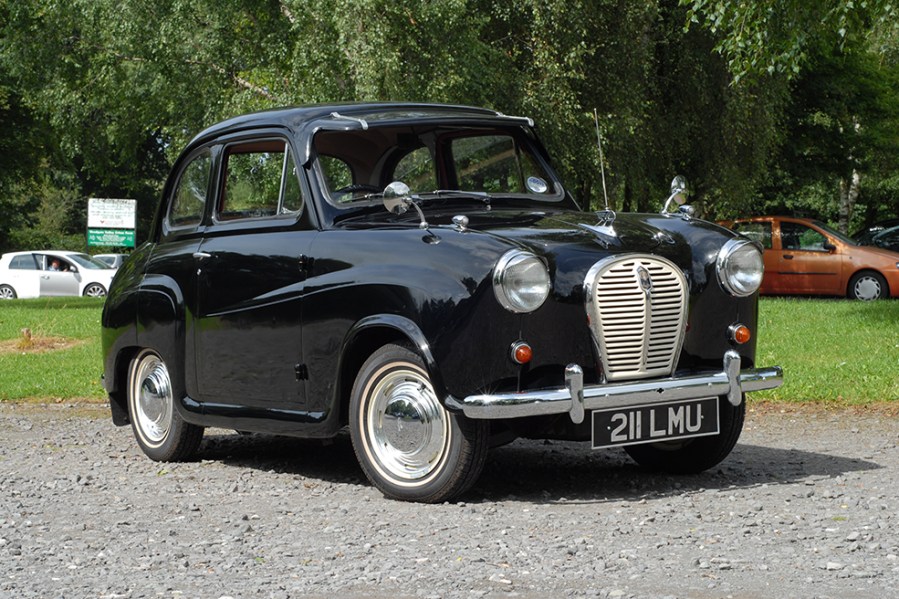Despite their antics in historic motorsport and at the Goodwood Revival, the Austin A30 and A35 remain great value. Here’s how to buy one
Images: Paul Wager
Austin’s need for a new small car in the post-war years eventually led to the unveiling of the A30, an innovative chassis-less design with a modern specification. The monocoque construction, developed by former aircraft engineers Ken Garrett and Ian Duncan, offered extremely high levels of torsional rigidity – with more than twice the stiffness of the A30’s main rival, the Morris Minor.
Excellent construction was one thing, but the A30 would also benefit from an advanced new engine – the A-series. Initially launched in 803cc guise producing 28bhp, it returned decent performance and could average around 42mpg. That the A30 could trump the sidevalve-engined Morris Minor’s top speed, getting closer to the milestone 70mph, was another added bonus. The rest of the package was relatively standard for the era, with rear-wheel drive, independent coil-sprung front suspension, and leaf springs at the back.
The Austin A30 Seven, as it was originally named, first appeared at the 1951 Earl’s Court Motor Show, entering production the following May at a list price of £507 – a full £100 less than the Minor.
Five years after its debut the A30 was usurped by the A35, bringing with it a larger-capacity (948cc) A-series engine pushing out 34bhp. The A35 also featured a much larger wrap-around rear window and painted front grille, plus other minor upgrades to differentiate it from its predecessor.
Both the A30 and A35 were sold in two- and four-door saloon guises over the years. There was also a Countryman estate, along with a van from 1954. There was even a saloon-based A35 pick-up, although fewer than 500 were built in total. While A35 saloon production ceased in 1959 to make way for the new Austin Seven (Mini), the Countryman lived on until 1962, while the van survived right through to 1968.
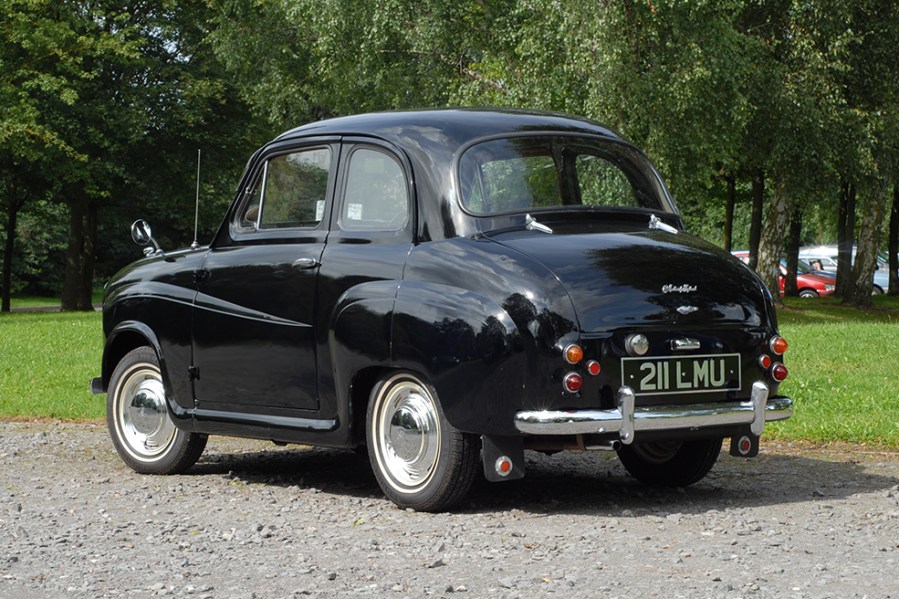
Bodywork
For what was Austin’s first ever monocoque design, the A30 and its A35 successor were superb efforts in terms of structural strength and rigidity. Like any other unitary-bodied car, however, each relies on the condition of its inner and outer panels and general bodyshell for that in-built strength – and that means being extra vigilant when inspecting any potential purchase.
With the potential for corrosion just about everywhere, there are lots of areas to check. You should pay particular attention to the bolt-on front wings and the front panel between the headlights and grille; rust here is common, and can also spread to the front valance and radiator support. If the sealing strips between the panels are missing, moisture and road muck will enter the joints and seams, leading to rust.
The sills on both sides (inner and outer) obviously need checking carefully; on the driver’s side, pay particular attention to where the handbrake mounts as this is a known weak spot. If the doors have dropped slightly, this may be caused by worn hinge bushes; the worst case scenario, however, is that the hinge panels and door pillars are rotten.
Make sure you check thoroughly underneath as the floorpan is particularly prone to rust. Jacking points can also disintegrate through advanced corrosion, while the rear of the car needs careful examination as the boot floor, inner back wings and areas around the rear lights can corrode.
Original panels are few and far between; you’ll be very lucky if you manage to pick up a new-old-stock front wing. The good news, however, is that repair sections are available via specialists, with Ex-Pressed Steel Panels producing outer sills for both two- and four-door saloons, while Clayton’s A30 & A35 Spares also stock outer sills as well as inner sills, rear shut panels for the four-door, quarter floor sections, rear-quarter outer repair panels, front wing repair sections, radiator mounts, post-to-sill corner panels, door repair sections, a range of chassis repair pieces, and a whole lot more.
Buying an A30 or A35 in need of major bodywork repairs isn’t economically viable if you’re employing a restoration specialist, but competent DIY welders will benefit from the wealth of available reproduction sections.
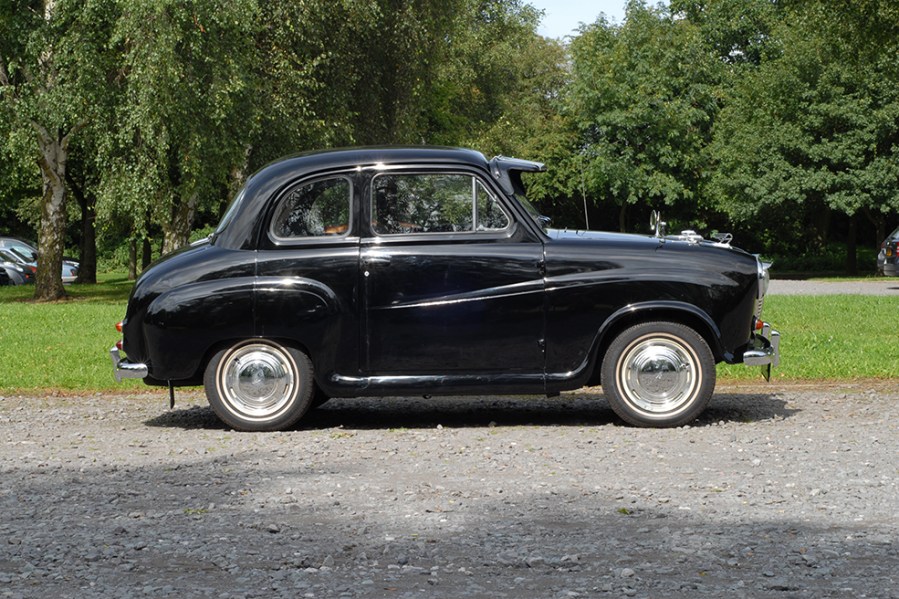
Engine and transmission
The A-series is famously robust but can obviously wear when neglected or taken to higher mileages – around 100,000 miles is considered a decent lifespan. One of the first signs of wear is excessive noise caused by a worn timing chain, and you should check for plumes of blue smoke when you start the engine, as this is usually a sign of bore wear. Also check for any head gasket issues, as failure isn’t exactly rare, particularly at the rear of the engine; make sure there’s no sign of coolant in the oil and vice-versa.
It’s common for an A-series engine to leak oil, most often from the rear crankshaft seal. If it’s not excessive, it’s probably something you can live with. There are specialists who will rebuild any A-series engine – either on an exchange basis or using your own engine – but you can expect a bill of £1500-plus.
Note that some parts for 803cc engines are getting scarce, although many A30 owners have opted for a 948cc upgrade by now anyway – and it’s not unusual to find a 1098cc or even a 1275cc A-series under an A30 or A35 bonnet.
The four-speed gearbox is generally reliable, although very high mileage can take its toll. Check for signs of worn synchromesh and make sure the car doesn’t jump out of gear when under load. Excessive noise in first or reverse gear means the gearbox is showing signs of wear and would eventually benefit from a rebuild.
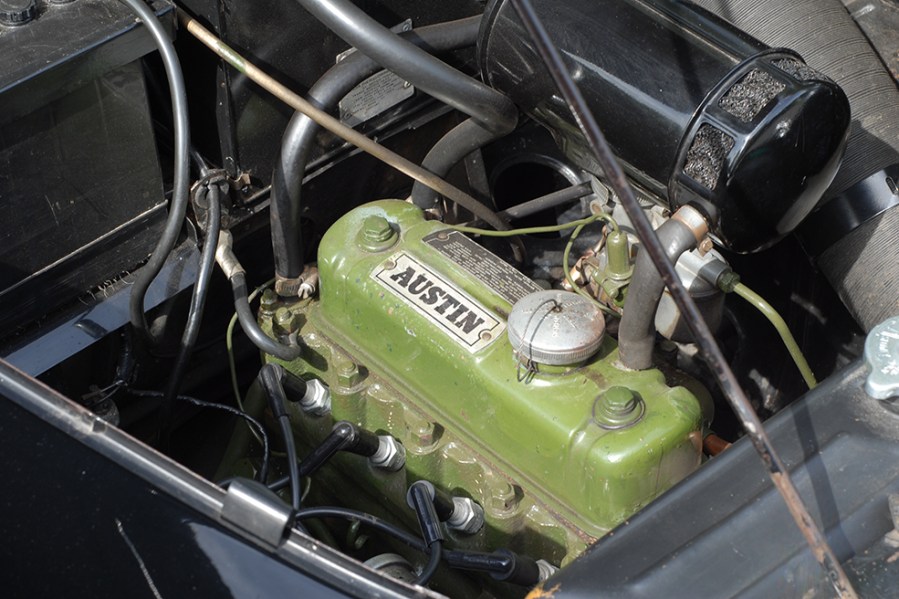
Suspension, steering and brakes
The A30 and A35 feature coil springs at the front and semi-elliptic leaf springs at the rear, a familiar and uncomplicated set-up. Check for play in the bushes and shock absorber top mounts at the front, and look out for any rot around the rear spring hangers. Also check for wear in the kingpin bushes and ensure that the various nipples look like they’ve been regularly greased; if such maintenance has been neglected, expect premature wear and ask yourself what else has been ignored.
The A30 and A35 lacked the Morris Minor’s rack and pinion steering, but Austin’s traditional set-up is reliable and generally trouble-free. Nevertheless, you should carry out the usual checks for play in the steering box, idler arm or drag links.
At the other end, a noisy differential isn’t usually a major concern, but oil leaks are common; you should also listen out for any ‘clunks’ from the propshaft joints.
A standard-spec A30 or A35 features drum brakes all round operated by a combination of hydraulics at the front and cables at the rear. These are fairly efficient, although stopping in a hurry requires plenty of right-foot pressure! Carry out the usual checks for worn shoes and scored drums, and look out for signs of wear in the linkages as well as fluid leaks from the main cylinder or the wheel cylinders. Also note that front disc conversions often feature on uprated, bigger-engined cars.
Don’t despair if the car you’re buying does need a brake overhaul, as parts are inexpensive and readily available, and the Austin’s simple spec makes most jobs quick and easy.
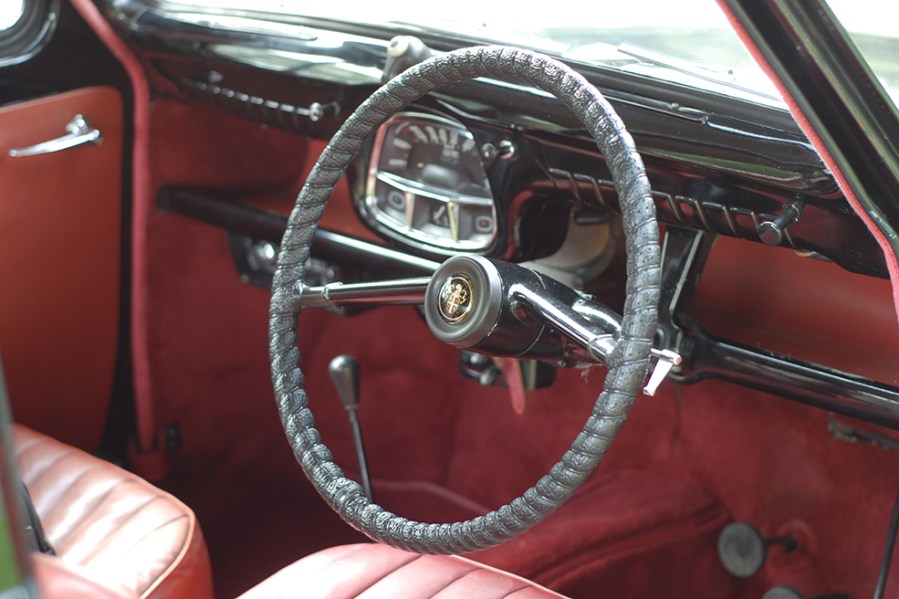
Interior, trim and electrics
With the A30 and A35 having such a basic interior, checking its overall condition is a simple process. Look for wear and splits in the upholstery, as well as collapsed or sagging seats. The headlining can rip and wear, and carpets are often threadbare or missing.
Make sure the electrics are in good order, with all lights and dials functioning as they should; don’t forget to check that the original trafficators are also working.
The good news trim-wise is that specialists like Clayton’s A30 & A35 Spares sell vinyl seat cover kits, as well as new headlining, carpet sets, draught excluder, weather strips, sun visors and more. If the car you’re viewing needs a retrim, however, make sure you price up the items required before you start haggling with the vendor.
Don’t forget to check the car’s chromework, including the bumpers, bonnet mascot, grille badge and so on. Although some brightwork parts are hard to find, new stainless steel bumpers are available, priced from £295 each plus VAT.

Ausin A30 & A35: our verdict
Launched by Austin as a capable and more affordable alternative to the Morris Minor, the A30 and subsequent A35 remain tempting alternatives to that perennial favourite today. Long undervalued on the classic market, the car’s profile has been raised in recent years via its antics in the St Mary’s Trophy at the Goodwood Revival, with prices rising on the back of this.
Two-door saloons tend to be favoured by the racing fraternity, which means the four-door (arguably a more practical option) could offer better value. Meanwhile, for those in need of extra carrying capacity, an A30 or A35 Countryman or van makes a sensible choice, although the now-rare commercial tends to attract a premium.
It might not offer the same kind of on-road dynamics as a well-sorted Minor, but any A30 or A35 is still a pleasing car to drive. And when it comes to attracting attention and smiles-a-plenty, it’s up there with the best.
These cars offer terrific value, despite prices rising in recent years. It’s still possible to pick up a project car for £1000–2000 (or even less), but do you really want to take on a baby Austin that’s in need of major work? The cost of restoration will easily exceed the end value. Better instead to spend £3000–4000 on a solid survivor that’s in good mechanical order and requires mostly cosmetic upgrades as and when funds allow.
If you fancy a car that’s ready to show, then you’ll obviously need deeper pockets. The very best saloons being offered by specialist dealers can see asking prices as high as £9000–10,000, but they’re exceptional.
Around £7000–8000 will buy a very smart example from a dealer, while the same car at auction or in a private sale might be £6000-plus. A genuine Countryman (rather than a converted van) is now a rare beast, and so you can expect to pay extra.
Meanwhile, the exclusive (fewer than 500 built) A35 pick-up is in a different league altogether, achieving £15,000-plus in decent condition.

Austin A30 & A35 timeline
1951
803cc Austin A30 Seven four-door saloon launches
1953
Two-door saloon debuts; larger grille, new upholstery and new dash are added
1954
5cwt A30 van arrives, plus Countryman estate version
1956
948cc A35 replaces A30, featuring painted grille and wrap-around saloon rear window; 5cwt A35 pick-up is added, based around the saloon
1957
Pick-up discontinued after just 475 are built
1959
A35 saloon production ceases
1962
Countryman dropped from range; A35 van upgraded to 1098cc
1966
Van receives 848cc version of the A-series
1968
Van production ends, marking the end of the A35

